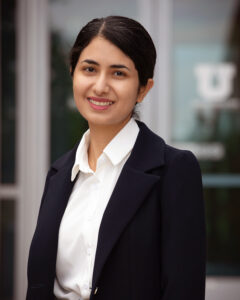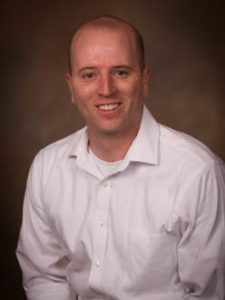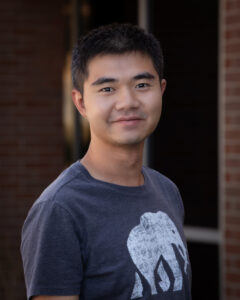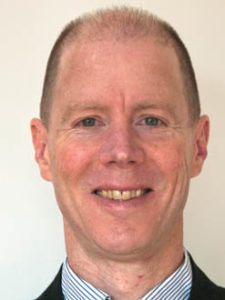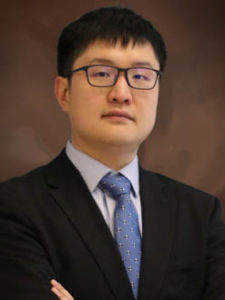Solid Mechanics Research and Education in the U’s Department of Mechanical Engineering is characterizing, designing, and predicting mechanics of soft and hard structures. Core strengths include composites, computational mechanics, fracture and fatigue mechanics, high strain-rate mechanics, and soft tissue biomechanics.
Faculty and Labs
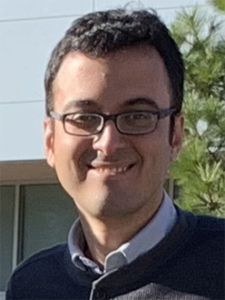
Amir Arzani
Lab: Computational Biomechanics Group
Our group does computational mechanics research with various applications but with an emphasis on cardiovascular disease. Research Interests include: computational fluid dynamics (CFD), nonlinear solid mechanics (growth & remodeling), scientific machine learning (sparse data-driven modeling and physics-informed deep learning), mass transport, dynamical systems, flow physics and transport in chaotic flows with different applications (biological flows, environmental flows, and heat transfer)
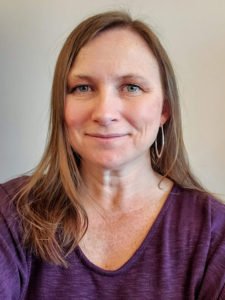
Brittany Coats
Lab: Utah Head Trauma Lab
Explores the microscopic and macroscopic structure of the head and eye at different stages of development. We use principals of engineering to characterize the biomechanical response of these structures to injury and disease. This helps us understand the initiation of injury and disease, but also allow us to design and implement accurate and complex computer models that can accelerate the development of age-appropriate injury prevention, diagnosis and treatment strategies for traumatic brain and ocular injury.
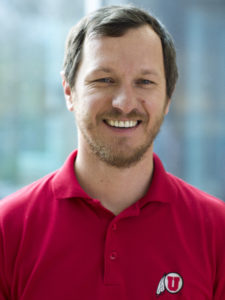
Michael Czabaj
Lab – Utah Composites
Conducts research in the broad area of experimental and computational mechanics of composite materials and structures. Specific areas of interest include damage resistance and tolerance of composite structures, mechanical property characterization of composite materials, fracture mechanics, micromechanics, and non-destructive characterization of damage and failure.
Elham (Emma) Davoodi
Lab: Davoodi Lab
With a vision to bridge the gap between manufacturing and biomedicine, we are pushing the boundaries of biomaterials and biofabrication. By developing cutting-edge ex vivo, in situ, and in vivo biomanufacturing strategies, we are unlocking new possibilities for biomedical applications. From innovative bioinks and structural designs to advanced 3D printing techniques, our work is striving to create new solutions for tissue regeneration, drug delivery, and bioelectronics, aiming to bring these technologies closer to real-world impact.
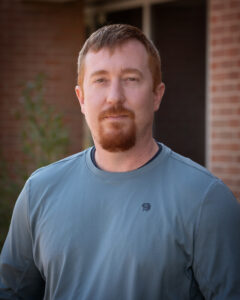
Jacob Hochhalter
Lab – Materials Prognosis from Integrated Modeling & Experiment (M’)
Researches emergent structural and material prognosis issues that involve the multiscale and stochastic nature of plasticity and fatigue cracking in structural materials. The research objective of the group is to leverage the ever-increasing capabilities in experimental observation and data analysis tools to provide new capabilities for prognosing reliability of advanced engineered structures and materials.
Owen Kingstedt
Lab – High Strain-Rate Mechanics of Materials
Focuses on the study of the deformation and failure processes that take place in materials under extreme conditions. Current conditions of interest are high strain-rate loading and high temperature environments. Advanced diagnostic techniques are paired with existing experimental techniques to gain insight of deformation processes across multiple length scales.
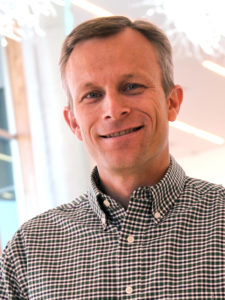
Ken Monson
Lab – Head Injury & Vessel Biomechanics
Our research focuses on the response of blood vessels to deformation, or change in shape. While most vessels regularly experience small deformations, large deformations alter the microstructural constituents of the vessel wall and their relationships with each other. This damage changes the ability of the vessel to perform its function. Our work aims to better characterize damage-induced changes in vessel behavior and to implement these findings into models that can be used to predict injury and dysfunction. Traumatic brain injury serves as a primary motivator for our research since cerebral vessels are commonly deformed and injured during trauma, but medical procedures like balloon angioplasty also produce vessel deformation and may be refined through deeper understanding of vessel deformation and injury.
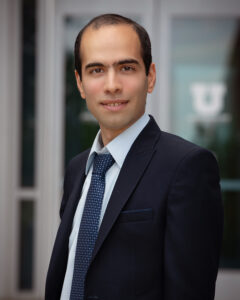
Hossein Montazerian
Lab – The Laboratory of Biomaterials for Minimally Invasive Technologies
We push the boundaries of minimally invasive therapies by engineering innovative, soft-yet-strong biomaterials like tough hydrogels. Our work merges bioelectronics with hydrogel-based implantable and wearable devices, unlocking new possibilities for seamless integration with the body. By harnessing cutting-edge micro- and nanotechnologies, we strive to revolutionize treatment strategies and reduce the need for invasive surgeries.
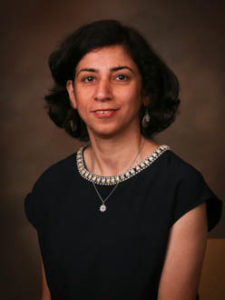
Pania Newell
Lab – Integrated Multi-Physics Laboratory
Investigating multi-physics, multi-scale phenomena through integrating theoretical, experimental, computational analysis combined with data sciences.
Shuaihang Pan
Lab – Lab of Advanced Manufacturing (LoAM)
Research interests include advanced (non-traditional) manufacturing, additive manufacturing, metal and alloy design, and materials’ degradation protection from a multiscale angle.
Robert G. Parker
Lab – Dynamics & Vibrations
Pursues research that merges academic investigations suitable for publication in leading journals with practical applications. While our primary goal is to pursue research valuable for the broad vibration research community, we select projects that are drawn from engineering applications. We pursue these goals while giving PhD and MS students in the lab academically exciting projects for them to develop their independent research skills and prepare for their future careers.
Ashley Spear
Lab – Multiscale Mechanics & Materials
Conducts cutting-edge research at the nexus of materials and structures. We couple materials characterization with high-performance computing and data-driven analysis (including machine learning) to address a wide range of research topics that are especially pertinent to the defense, aerospace, and manufacturing communities.
Pai Wang
Lab – Utah Waves & Architected Materials
The group expertise lies at the multi-disciplinary intersection joining mechanics of materials, computational methods, acoustics and vibrations. Our studies focus on the design of artificially structured materials for wave manipulation. These functional composites are commonly referred to as phononic crystals and acoustic metamaterials – systems with unconventional dynamic properties emerging from their micro-structures instead of their constituent materials. A central theme in this field is the emergence of acoustic/phononic band gaps – a range of frequency in which the propagation of elastic wave is suppressed.
